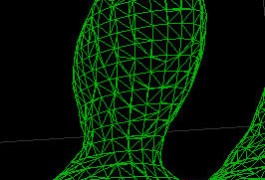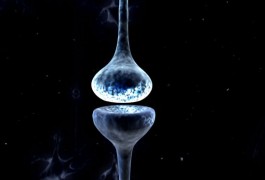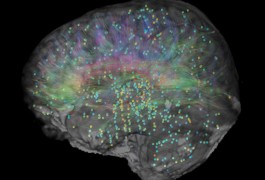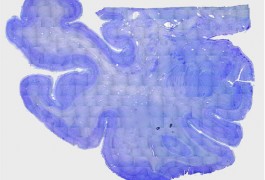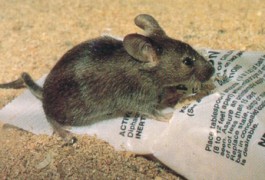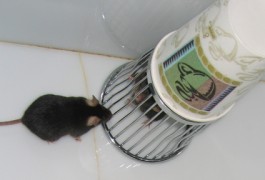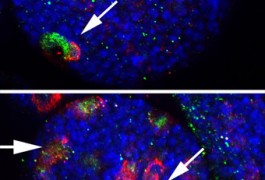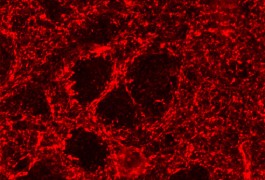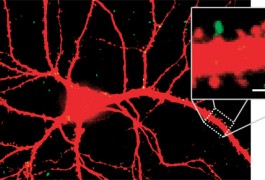Modeling captures mouse habitat’s effect on neurons
Computerized three-dimensional modeling shows nerve cell abnormalities in the hippocampus of fragile X mice — and suggests the importance of raising experimental mice in more natural habitats, according to a poster presented Wednesday at the Society for Neuroscience annual meeting in San Diego.
